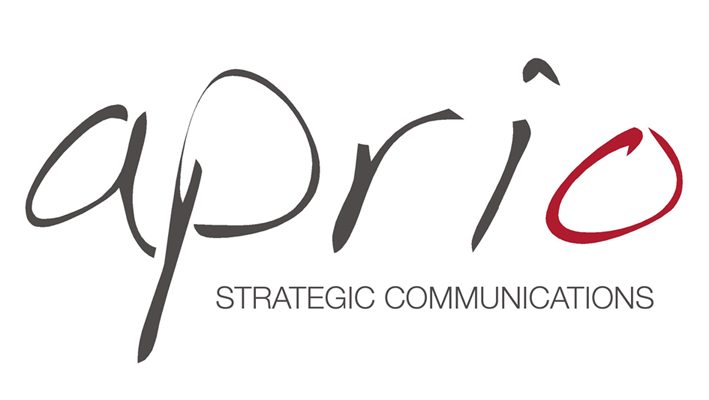The goal of most online marketers used to be to drive traffic to their company websites. But today the channels to keep up with consumers and keep the brand fresh are quickly changing. With consumers increasingly shifting access to mobile devices and social sites, they have less time to spend on an individual company's site.
Connect with the industry. Want to meet the brands that are driving the future of digital marketing? Attend the iMedia Brand Summit, Sept. 9-12. Request your invitation today.
This represents both a challenge and an opportunity for businesses. Smart businesses are syndicating their brand experience on these destination sites to extend and strengthen their customer connections. The best of these digital relationships create branded encounters, targeted cross-sells, and a place to provide customized content, customer self-service, and account management.The fragmented consumer
Consumers today are stretched thin, scrambling to manage more responsibilities than ever, and multitasking at every turn.As a result, they're flocking to places on the web where they can digitally replace physical activities and do so more quickly and conveniently within a few top destinations. Content consolidation portals have become hugely popular and successful because they offer easy-to-use and efficient access to the things that consumers value:
- Information: Google, Wikipedia, and Twitter have all but replaced card catalogs and reference libraries.
- Shopping: Amazon provides a massive online shopping mall open 24 hours every day of the year and a marketplace of offerings from others.
- Social interaction: Facebook, Twitter, and Google+ have replaced email for younger people to communicate with friends and family near and far. Social networks have also become the online water coolers and informal gathering places for people who telecommute, live far from friends and family, or who have increasingly less time to share news, experiences, and insights through other channels.
- Entertainment: Sites such as YouTube, Pandora, and Hulu serve to provide rich, consolidated online entertainment experiences.
- Financial services: More than four-fifths of customers at major banks such as Bank of America, Chase, Citicorp, and Wells Fargo have access to online accounts.
While search engine marketing and optimization are critical elements of marketers' branding efforts through Google, other sites, such as Google+ and Twitter, offer additional branding opportunities. In particular, Facebook provides the best example of the benefits of building brand identity within a destination site.
The outreaching brand
On Facebook, marketers were quick to launch branded pages linking to their own websites. The traffic to their Facebook pages quickly took off. However, consumers don't always want to leave the Facebook site to click out to individual business websites -- in many cases, they are happier to interact with the brand in the Facebook environment. The key was to bring the brand to the consumer.Today, successful brands go where consumers congregate rather than wait for consumers to come to them. This requires building up an extensive brand presence within consolidated sites -- in essence, syndicating the brand experience on digital properties outside of their business's own domain. Brands such as Coca-Cola, Disney, and Starbucks have been successful in creating powerful brand destinations within Facebook, with ever-growing fan bases of more than 20 million each.
Standing out against the clutter
A new type of single-consumer destination site is emerging as the physical world mixes with the digital world. Enter the digital mailbox. As the digital mailbox develops, it will become an environment for brands to inform, transact with, and market to customers. It will also change how people conduct their personal business and introduce efficiencies into their busy lives.We can all agree that people today increasingly prefer to do things digitally. This presents an opportunity for brands to use new consolidated online destinations, like a digital mailbox, to extend their brand's presence and provide customers with relevant, personalized, and interactive communications.
To promote the brand, the digital mailbox concept allows marketers to incorporate logos, styles, personalized offers, one-on-one messaging, links to online account management, product cross-sells, and even offers bill pay, which enables businesses to maintain their personalities while creating a strong brand presence and ultimately strengthen ties between the business and its customers.
For brand marketers, partnering with the right destination mailbox will help capture customers' attention. As you're evaluating these new consolidator sites, keep in mind some of the key features that should be offered to make sure the experience will be a successful one -- for the brand and the consumer. These could include:
- Branded encounters: inbound mail of all types, as well as online bill pay and permission-based marketing; plus creative experiences that leverage the digital medium.
- Targeted cross-sell: analytics-based insights captured and used to drive right-time, relevant messaging.
- Customized content: real, one-to-one focused communications that hone in on and addresses specific consumer needs and concerns.
- Increased self-service: opportunities to get answers and complete transactions more easily and efficiently -- 24 hours, seven days a week.
- Links to web or social media: ways to easily move between different media and destination sites.
Chuck Cordray is the president of Volly.

No comments:
Post a Comment